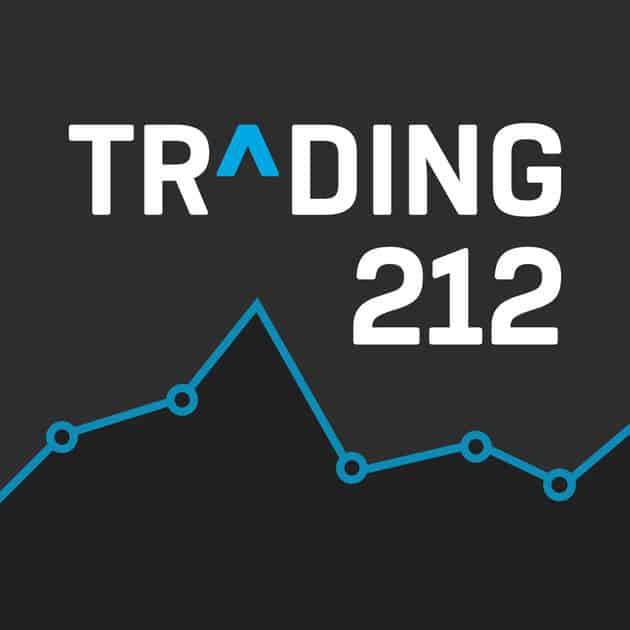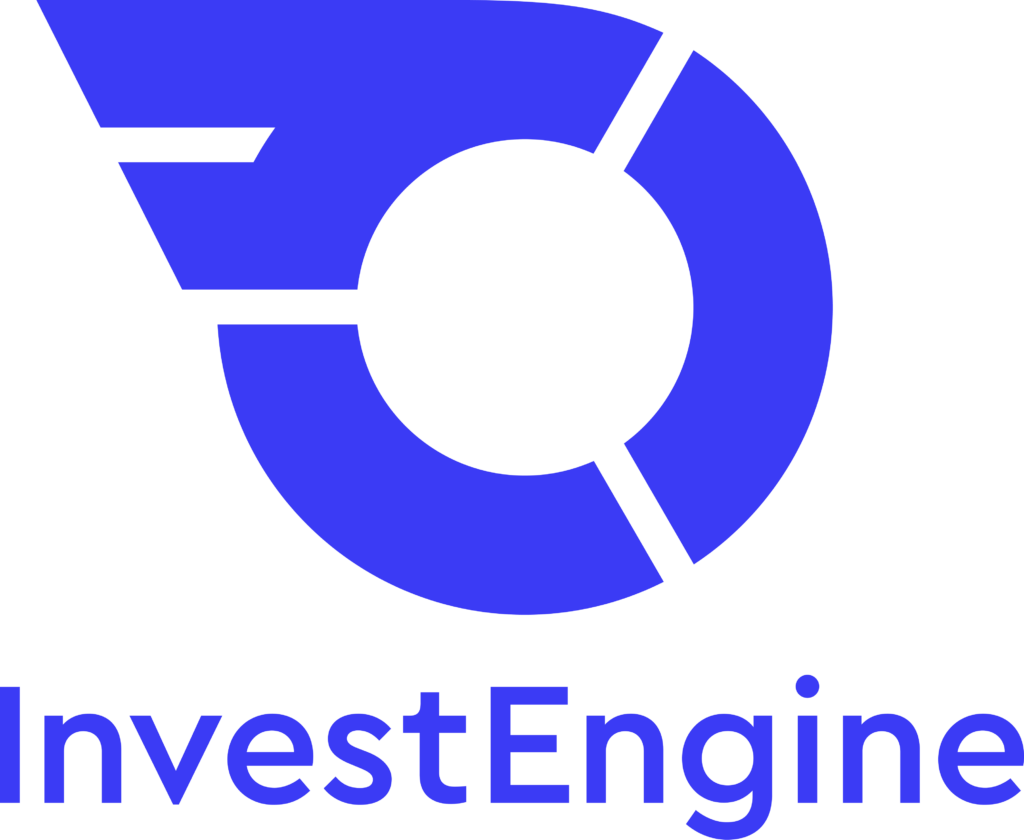Defined Benefit vs Defined Contribution Pensions: What’s the Difference?
When it comes to retirement planning, two of the most common types of pension plans are Defined Benefit (DB) and Defined Contribution (DC). These are two different vehicles to take you towards retirement. These two types of pensions offer different benefits and risks, which can be crucial when deciding how to save for your future.
A Defined Benefit pension is all about guaranteeing you a fixed income in retirement. In simple terms, it’s a pension plan where the employer promises to pay you a certain amount when you retire. The key here is that the employer bears the risk and is responsible for ensuring there is enough money to pay your pension. For your vehicle, this is knowing the exact destination of your journey from the start, and the route and fuel are taken care of by your employer.
Key Features:
Let’s say you worked for a company for 30 years and earned an average salary of £50,000. Your defined benefit pension might promise you 1.5% of your final salary for each year of service. So, your pension would be calculated as:
£50,000 (average salary) x 1.5% x 30 years = £22,500 per year in retirement.
A Defined Contribution pension plan, on the other hand, focuses on how much is contributed to your pension fund, rather than guaranteeing you a specific income in retirement. In this case, the employee and employer contribute money to the plan, but the value of your retirement pot depends on how much is paid in and how the investments grow. This is an uncertain path, whereby you set out on a journey where the destination and journey are not precisely known, but you are continually adding fuel to get as far as possible.
Key Features:
If your employer and you both contribute 5% of your salary into a defined contribution plan, and you work for 30 years, your pension fund balance could vary greatly depending on market performance. If your investment grows at an average rate of 5% annually, your pension balance could grow significantly — or it could be lower if investments don’t perform well.
The Key Differences
| Feature | Defined Benefit (DB) | Defined Contribution (DC) |
|---|---|---|
| Who Bears the Risk? | Employer | Employee (you) |
| Predictability of Pension | Fixed and guaranteed | Depends on contributions and investment growth |
| Employer Contribution | Employer makes contributions to ensure future payouts | Both employer and employee contribute to the fund |
| Investment Risk | Employer bears the investment risk | Employee bears the investment risk |
Defined Benefit Plans provide peace of mind because they guarantee you a fixed income for life. However, these plans are becoming less common, especially in the private sector, as companies struggle with the long-term costs and funding requirements.
Both types of pensions have their advantages, so it’s important to evaluate your personal financial goals, risk tolerance, and whether your employer offers a pension plan. If you have the option, it’s a good idea to maximize your contributions, especially in a DC plan, to build the most substantial retirement fund possible.

Get a FREE fractional share with Trading212
Use promo code: MITM (works within the first 10 days of signing up)
Fractional share worth up to £100. Capital at risk. Terms apply

Get a Welcome Bonus of up to £50 when you invest at least £100 with InvestEngine

Consolidate your Pensions with PensionBee
Keep your pensions all in one place with this simple to use Pension service.
Manage your money better with MoneyMonitor
I personally built this website to allow me to bin my spreadsheets in favour of something a little easier to use. It’s completely free of charge.